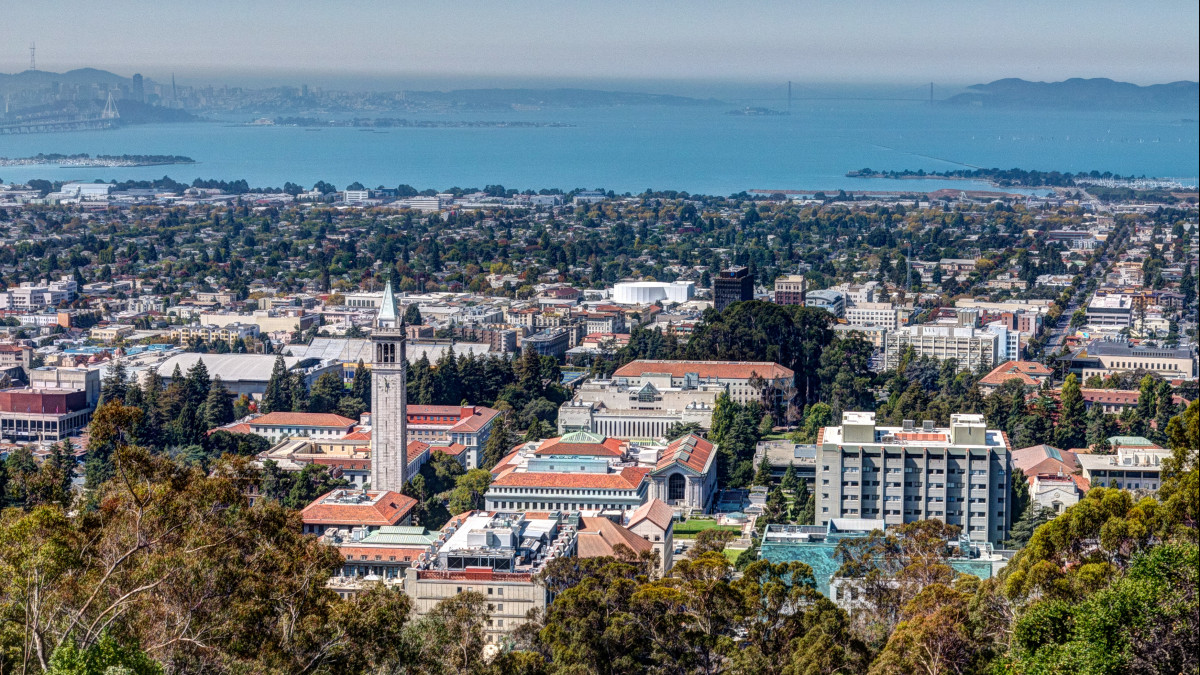UC Berkeley faced a significant challenge. To make way for new classrooms, labs, offices, and housing, the campus’ new Long-Range Development Plan called for displacing most of its parking lots. By 2020, nearly 1500 spaces, or 21% of the campus parking supply, would be gone. To address this challenge, the University hired Nelson\Nygaard to develop a comprehensive plan. Patrick Siegman led the study while a Principal at Nelson\Nygaard. The work included assessing parking supply and demand, and projecting future access and parking needs.
Our team developed and evaluated two alternative approaches: (1) building new parking, versus (2) improving transportation choices and making better use of the remaining parking supply. The second alternative included a comprehensive package of improvements to transit, bicycle, carpool, and carshare programs and incentives. Strategies for more efficiently using existing parking included adjusting prices to shift demand from overcrowded to underused lots, charging motorists by the day (rather than monthly), improving shuttles to remote lots, and adding attended parking and real-time parking guidance systems.
The analysis concluded that balancing parking supply and demand by building new garages would require increasing parking permit fees by 63 percent. By contrast, improving transportation choices and parking management could balance parking supply and demand at lower cost.
Counterintuitively, using a portion of campus parking revenue to increase transit, bicycle and rideshare use would therefore result in lower parking permit fees than if the University raised permit fees (as required by University of California policy) to pay for replacement garages. In 2011, UC Berkeley adopted this low-traffic approach, helping the campus advance its equity and sustainability goals.
Image of UC Berkeley and San Francisco Bay: Mike Procario, CC BY-ND 2.0, via Flickr.


